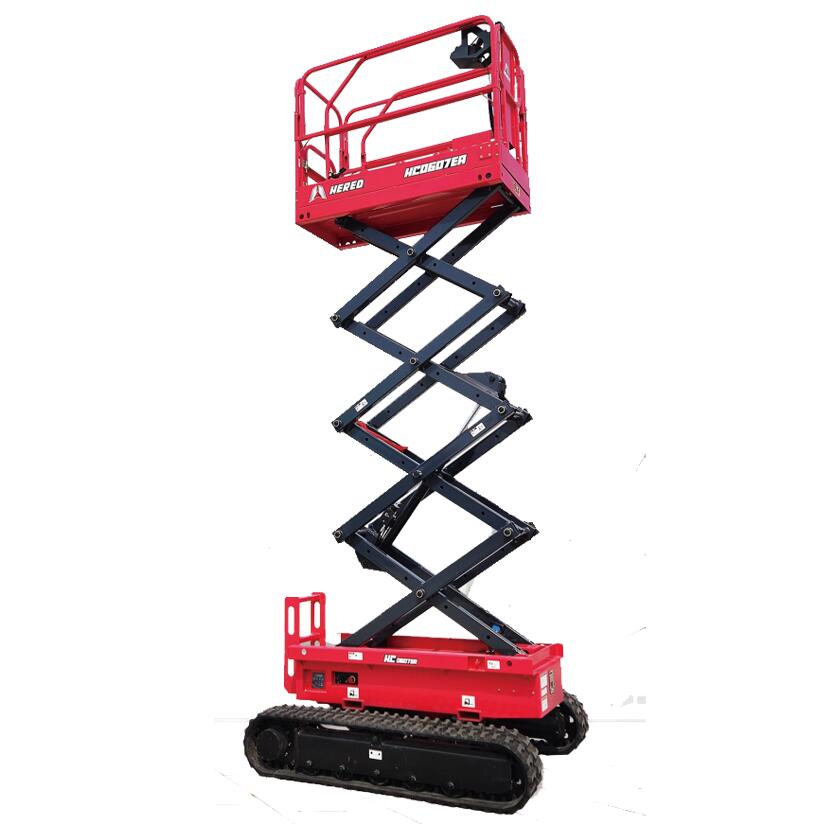What is the Difference Between a Scissor Lift and a Vertical Lift?
In the world of aerial lifts, there are various types of equipment designed to meet different needs. Two commonly used options are scissor lifts and vertical lifts. While they may appear similar at first glance, there are distinct differences between the two. Understanding these differences can help you make an informed decision when selecting the right equipment for your specific project or task.
1. Working Mechanism
Let's start by examining the working mechanism of these lifts. A scissor lift, as the name suggests, operates on a scissor-like mechanism. It consists of linked support rails that extend and retract in a crisscross pattern. This vertical movement allows the platform to reach desired heights. On the other hand, a vertical lift, also known as a mast lift or personnel lift, utilizes a single or double mast system to raise and lower the platform vertically.
2. Height Reach
When it comes to reaching heights, scissor lifts and vertical lifts have different capabilities. Scissor lifts are known for their impressive vertical extension, making them suitable for projects that require a significant working height. They can often reach heights of up to 50 feet or more. Vertical lifts, on the other hand, are typically designed for lower elevations and are ideal for tasks that require reaching moderate heights, such as ceiling repairs or maintenance work.
3. Platform Size and Capacity
Platform size and weight capacity are essential considerations when choosing between a scissor lift and a vertical lift. Scissor lifts generally feature larger platforms with higher weight capacities, allowing for more personnel or equipment to be accommodated. This makes scissor lifts a popular choice for construction sites or tasks that involve transporting heavy materials. Vertical lifts, on the other hand, have smaller platforms and lower weight capacities, making them suitable for projects that involve fewer personnel and lighter loads.

4. Mobility and Maneuverability
Mobility and maneuverability play a crucial role in determining the suitability of a lift for a particular task. Scissor lifts are typically designed with larger bases, providing stability and a solid foundation. This makes them ideal for use on even surfaces, such as concrete floors. Vertical lifts, on the other hand, are more compact and have a smaller footprint, allowing them to navigate tight spaces and maneuver through narrow aisles. This makes vertical lifts a preferred choice in environments where space is limited, such as warehouses or retail stores.
5. Versatility
When it comes to versatility, scissor lifts offer more flexibility in terms of application. They come in various configurations, including rough-terrain models, allowing them to be used both indoors and outdoors. Scissor lifts can handle a wide range of tasks, from construction and maintenance to events and installations. Vertical lifts, while not as versatile, excel in specific applications that require precise vertical access. These lifts are commonly used for tasks such as electrical installations, stock picking, or changing light fixtures.
Conclusion
In summary, the difference between a scissor lift and a vertical lift lies in their working mechanism, height reach, platform size and capacity, mobility and maneuverability, and overall versatility. Both types of lifts have their unique strengths and are designed to serve different purposes. Choosing the right lift for your project depends on factors such as the required height, weight capacity, workspace constraints, and the nature of the task at hand.

Comments
0